Gunnery Sergeant William Barnes
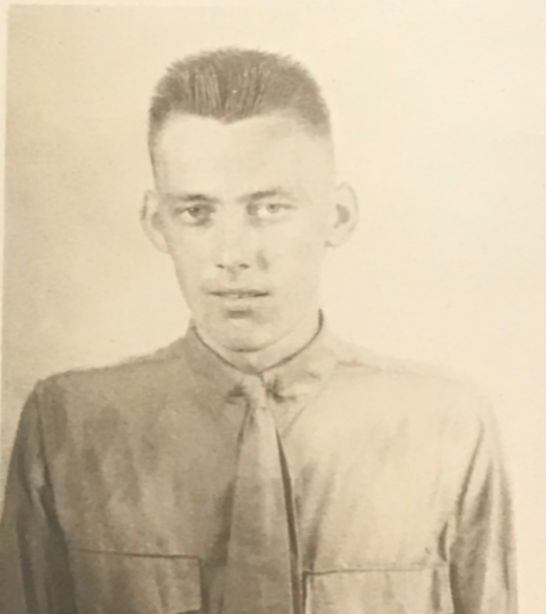
- Unit: 5th Marine Division, 1st Marine Raider Battalion, Reconnaissance Battalion
- Service Number: 318200
- Date of Birth: March 12, 1920
- Entered the Military: August 25, 1941
- Date of Death: February 23, 1945
- Hometown: Philadelphia, Pennsylvania
- Place of Death: Pacific Ocean near Iwo Jima
- Award(s): Navy Cross, Purple Heart
- Cemetery: Court Two, Courts of the Missing. Honolulu Memorial, National Memorial Cemetery of the Pacific, Honolulu Hawai’i
Mentored by Mr. Chris Pierangeli
Central Bucks High School East
2020-2021
Early Life
William (Bill) Barnes was born on March 12, 1920, to Hiram and Florence (Flora) Barnes in Philadelphia, Pennsylvania. He grew up in a small rented house in southwest Philadelphia with his younger brothers, Robert and Edward.
Barnes’s mother, Flora, immigrated from England at a young age and lived in Philadelphia for most of her life. Hiram Barnes, a World War I veteran himself, lived his whole life in Philadelphia. He earned a livable wage as a stagehand, allowing his sons to complete their schooling through high school. Barnes attended Jules E. Mastbaum Vocational-Technical High School in Philadelphia, becoming the first in his family to finish high school. During this time, Barnes variously played football and softball, swam, and boxed competitively. Afterward, he worked as an assistant to an electrician at J.B. Brill Company, until his enlistment on August 25, 1941.
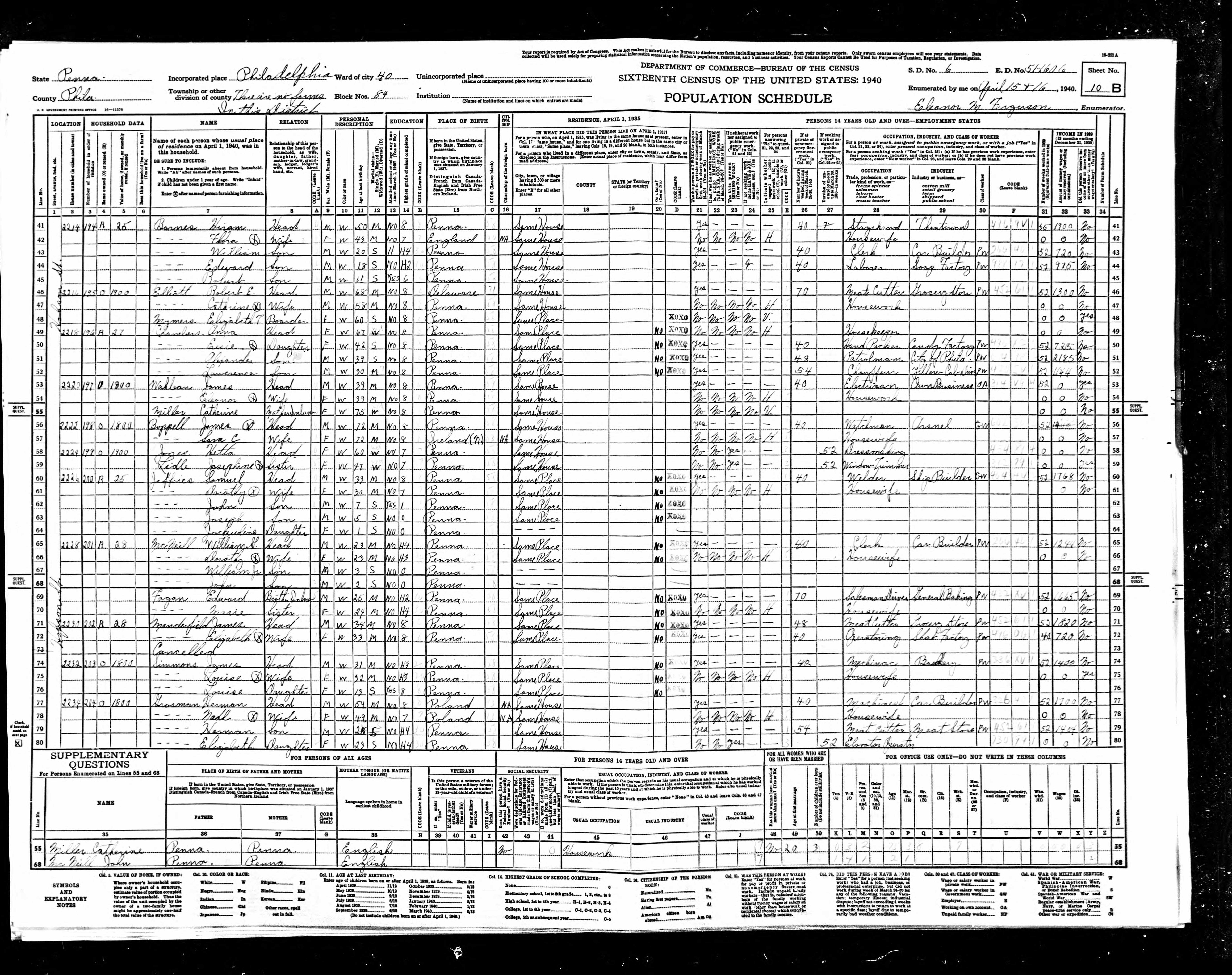
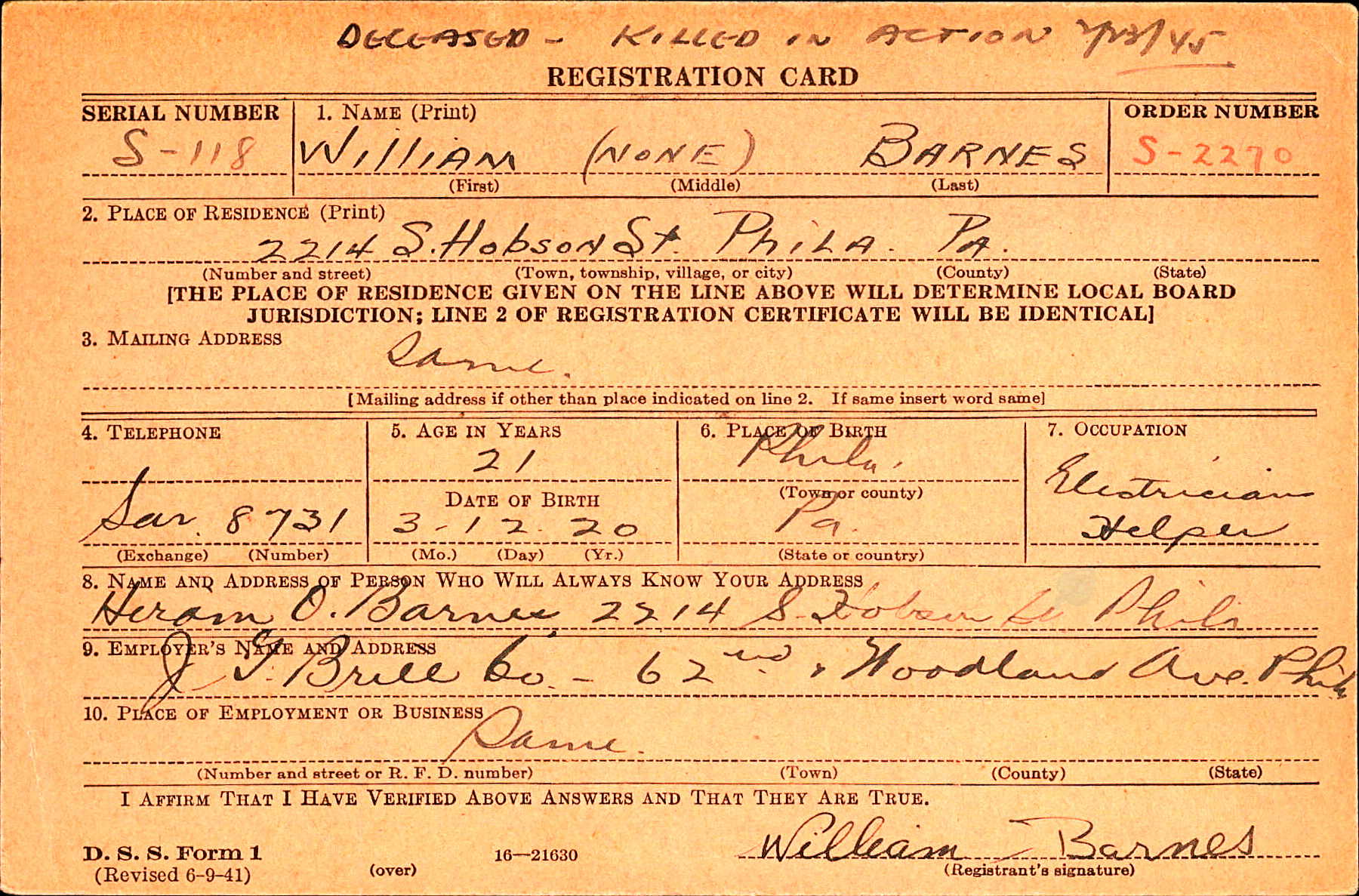
Homefront
Pennsylvania
Pennsylvania became a crucial state in the war effort even before the United States had joined the war. When President Franklin Delano Roosevelt declared that the nation needed to become an arsenal for democracy, steel and coal production increased. Efforts to mine coal deposits in southwest Pennsylvania spiked, providing the Allied Powers with a critical fuel source, peaking at 209 million tons in 1944. Centered in Bethlehem and Pittsburgh, the steel companies supplied the materials to build aircraft, naval ships, and artillery. The Bethlehem Steel Company doubled its workforce from 13,055 before the war to 31,523 in 1943.
Philadelphia
Among the largest cities in the nation at the time, Philadelphia became a manufacturing hub. The Philadelphia Navy Shipyard, in particular, served as a critical manufacturer of aircraft and naval ships. Its workforce skyrocketed from a few thousand during the height of the depression to 58,000 by 1940, bolstering the U.S. Navy. In total, around 350,000 Philadelphians worked in defense work.
The city’s large population and established industry also made it a target for fundraising campaigns and propaganda. During the war, citizens on the home front tended victory gardens, rationed food, and purchased bonds to support the war effort. Due to the great demand for laborers and the loss of the male workforce to the front lines, women and minorities found temporary opportunities in factories.
Philadelphia Transit Strike of 1944
However, social and racial tensions were high in the city as the elected Republican city government was swept aside, and national policy implemented. This policy included pressure to integrate the Philadelphia Transportation Company, a move that led to the 1944 racially-driven transit strike that brought Philadelphia industry to a crawl for a week after the promotion of eight black workers. The strike ended when the strikers were threatened with losing their draft deferments. If they continued, they would be blacklisted by the War Manpower Commission and ineligible for unemployment benefits.
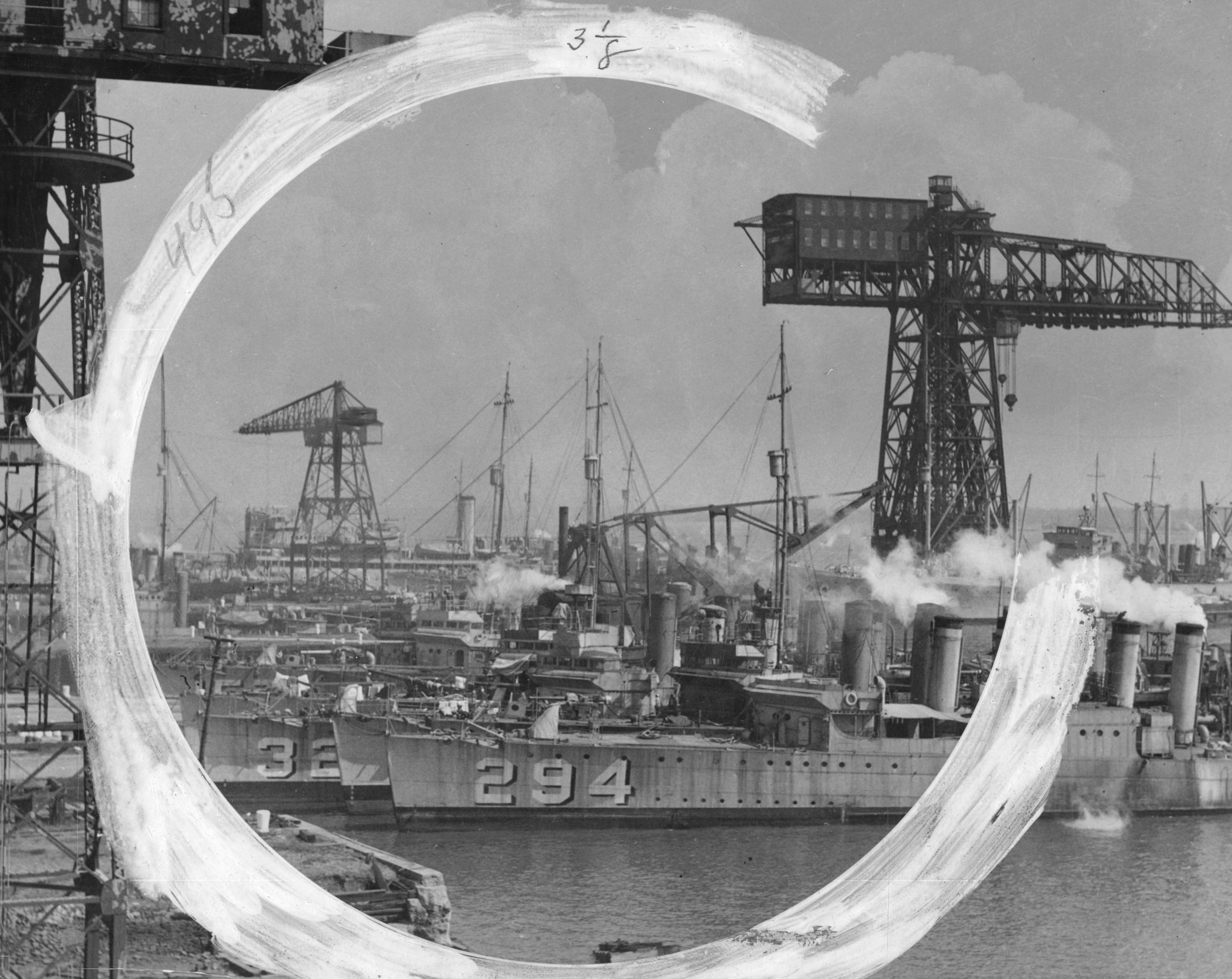
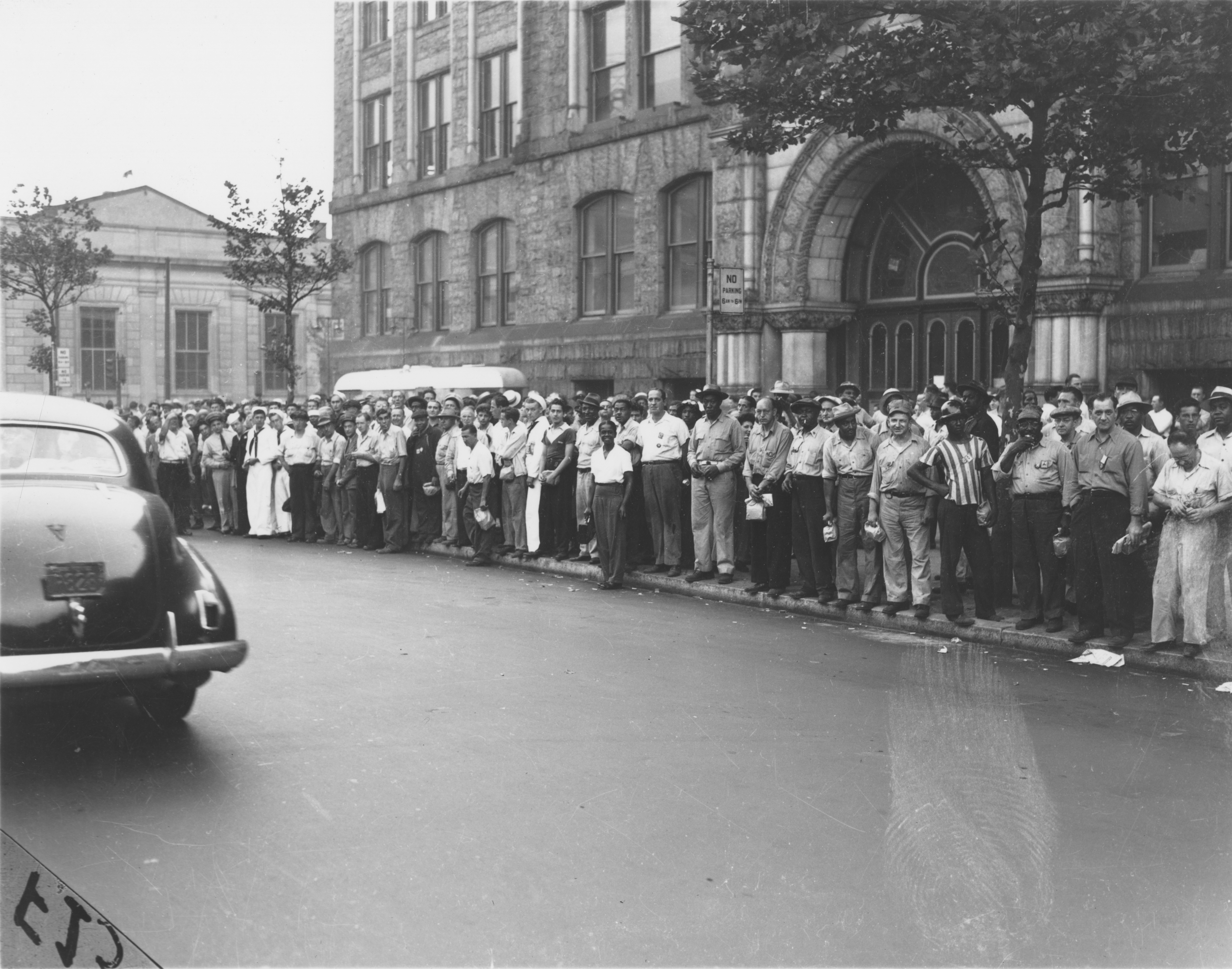
Military Experience
The Pacific Theatre of World War II presented unique issues to the Allies. Unlike any significant war before or since, battles in this theatre required new strategies, such as island-hopping. Island hopping helped the U.S. military progressively move toward the Japanese mainland by performing a series of amphibious landings on less well-defended small islands. These invasions were generally small in scale.
The necessity of soldiers specialized in amphibious landings and top U.S. Navy officials’ desire to mimic the success of the British Commandos in Europe led to the formation of the 1st Marine Raider Battalion. Intended to be an elite force within an elite force, the battalion’s goal was to land on beaches before the main force and secure important landmarks, creating Allied strongholds and limiting the Japanese defense’s ability to counter-strike before the main force arrived.
Training
After enlisting in the U.S. Marine Corps on August 25, 1941, Barnes traveled to the Quantico Marine Corps Base in Quantico, Virginia. He trained there from November 4, 1941, until March 20, 1942, when he earned a promotion to private first class. He volunteered for and was selected to be a part of the newly formed 1st Marine Raider Battalion.
Solomon Islands
As their first mission, the 1st Marine Raider Battalion went to the Solomon Islands. Barnes departed from San Diego on board the USS Zeilin, arriving in the Solomon Islands on April 28, 1942. From August 7 to 10, 1942, Barnes participated in the seizure of Tulagi, Solomon Islands. Nearly a month later, from September 8 to 15, 1942, Barnes participated in combat at Tasimboko and Guadalcanal, Solomon Islands. During the assaults on Guadalcanal, from September 13-14, 1942, Barnes served as a gunner in the mortar section. He earned a commendation for assisting in evacuating the wounded and transporting ammunition to the front lines before voluntarily joining the front line units. Barnes was injured by a hand grenade, but his actions were recognized when he received the Navy Cross and a Purple Heart.
The battle for the Solomon Islands carried on for six months after Barnes returned to California due to his injuries. The Allies sustained around 7,500 casualties, and the Japanese sustained approximately 30,000 casualties by the time the remaining 10,000 Japanese soldiers retreated from the area. Securing the Solomon Islands meant that the Japanese no longer had a direct passage from the United States to Australia.
Return
Barnes was transferred through several naval bases in California while recovering from his injuries. He earned a second promotion to sergeant. He was assigned to the 5th Marine Division, Reconnaissance Battalion in 1944 and was promoted to platoon sergeant and then gunnery sergeant. The 5th Marine Division was activated on January 21, 1944, at Camp Pendleton, California. The division participated in early combat in Iwo Jima. The division sustained 8,719 casualties, the highest count of the three Marine Divisions of the invasion force at Iwo Jima.
Iwo Jima
On January 5, 1945, Barnes left Hawai’i aboard the USS Cecil for Iwo Jima. Arriving on February 19, 1945, Barnes participated in the assault of the volcanic island from February 19 to 23, 1945. On February 23, Barnes received a fatal injury, likely from shell fire. Barnes died aboard a transport vessel headed to a hospital boat, and the crew buried him at sea. His remains have never been recovered.
It was also on February 23, 1945, when other Marines from the 5th Division attempted to take control of Mount Suribachi. There, Joe Rosenthal took the most reproduced photograph in history as the U.S. Marines of the 5th Division raised the flag on Iwo Jima. The battle of Iwo Jima continued until March 26, 1945, and witnessed 26,000 American casualties at Iwo Jima, including 6,800 dead. Around 18,500 Japanese, of a force of 21,000, died defending the island.
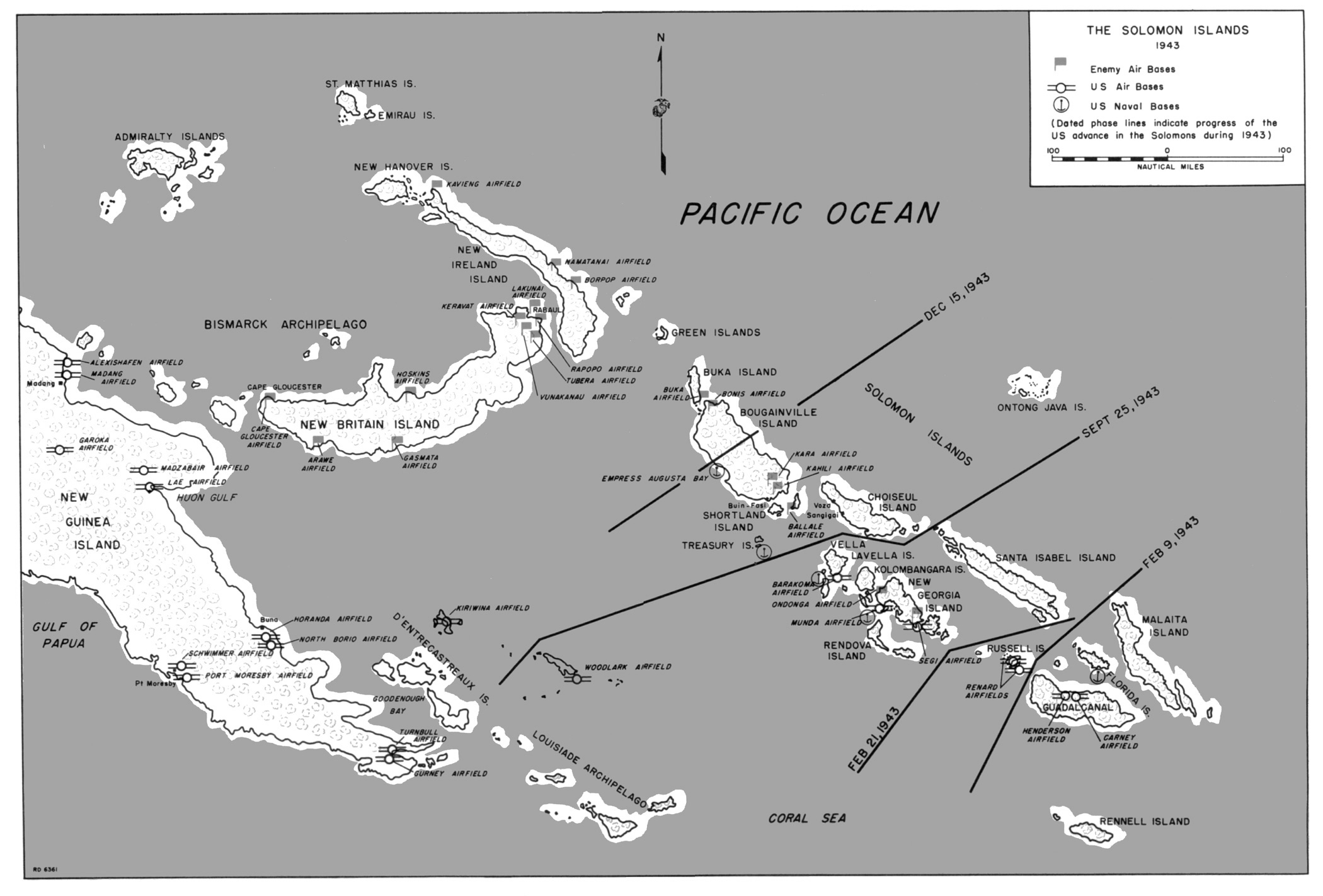

Eulogy
Far removed from the perils of battle, Gunnery Sergeant William Barnes lived and grew up in Philadelphia, Pennsylvania, with his family. Barnes was assisting an electrician at J.B. Brill Company when the nation entered WWII, and he answered the call by enlisting into the Marine Corps on August 25, 1941, in Philadelphia.
On February 19, 1945, the reconnaissance Company 5th Marine Division was deployed from the USS Cecil. Their objective was to land and gain a foothold on the island of Iwo Jima. Gunnery Sergeant William Barnes was among the Marines who made these dangerous landings. On February 23, 1945, Barnes was wounded once again, likely from shell fire. While on a transport boat en route to a hospital ship, Barnes died and was subsequently buried at sea. Gunnery Sergeant William Barnes’s fellow 5th Marines continued fighting on the island until it was officially captured on March 26, 1945. The division suffered the highest number of casualties of all the Marine divisions involved.
William Barnes’s body was never recovered, and he has no formal grave back in Pennsylvania. He is a hero like so many others who sacrificed his own life to defeat the evils of fascism and end the deadliest conflict in history. For the ultimate sacrifice, he deserves to be recognized on the grounds of the nation that carries on the ideals he secured over 75 years ago. He boldly put his life on the line for his comrades, his country, and the betterment of the world, and we are forever in his debt.
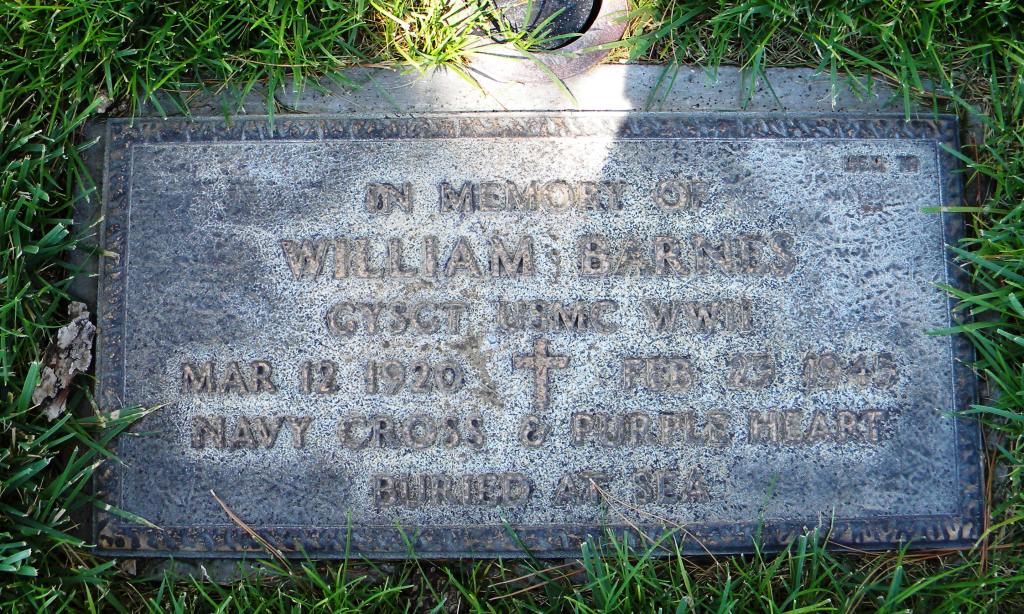
Reflection
Researching Gunnery Sergeant William Barnes and participating in the Sacrifice for Freedom®: World War II in the Pacific program was truly a special experience that will stay with me for the rest of my life. In the year and a half that I worked on research, I learned so much, gained new perspectives, and met so many fantastic and passionate people along the way.
Being able to see the actual damage left from the attack on Pearl Harbor at the USS Utah, Hickam Airfield, and particularly the USS Arizona was extremely powerful. Seeing the remains of the ship and the leaking oil at the USS Arizona memorial made the realities of the attack clear. Still, seeing the wall of names, each representing a Silent Hero, really made me emotional. One detail that really stuck with me was that 23 sets of brothers died on board the Arizona. This made me think of my own younger brother and how the sacrifices of those who died prevented similar tragedies in the future.
Getting the opportunity to see the historical sites and especially Pearl Harbor in person was extremely moving. It really struck me how out of place the remaining indications of the attack felt in what was otherwise a very peaceful area. While I still cannot fathom what it may have been like to be in Pearl Harbor that fateful day, this experience has helped to contextualize what is too often merely presented as numbers on a page.
Delivering my eulogy and listening to everyone else tell their own Silent Heroes’ stories was a remarkable experience. As I listened to the other students deliver their eulogies, I held back tears. I don’t think I realized how closely connected I felt to my Silent Hero until I was able to properly honor him in the National Memorial Cemetery of the Pacific that day. When I was finished, I was at a loss for words as months of work had come to an end, and I quietly reflected on the life of William Barnes and the countless others who lost their lives for this country.
Gunnery Sergeant William Barnes will not be written into the history books, but I was incredibly proud to make sure that he will not be forgotten.
Bibliography
Primary Sources
Moseley, John W. Buy War Bonds and Stamps Here. Photograph. 1943. Temple University Libraries (BPA001X3519430000003). digital.library.temple.edu/digital/collection/p15037coll17/id/345.
Pennsylvania. Philadelphia County. 1910 U.S. Census. Digital Images. ancestry.com.
Pennsylvania. Philadelphia County. 1920 U.S. Census. Digital Images. ancestry.com.
Pennsylvania. Philadelphia County. 1930 U.S. Census. Digital Images. ancestry.com.
Pennsylvania. Philadelphia County. 1940 U.S. Census. Digital Images. ancestry.com.
Pennsylvania Veteran Compensation Application Files, WWII, 1950-1966. ancestry.com.
Philadelphia transit strike of 1944. Photograph. 1944. (PZ201907000484B). digital.library.temple.edu/digital/collection/p15037coll3/id/80487, Philadelphia Evening Bulletin Photograph Collection.
Ships in Naval Yard. Photograph. 1941. (P340170B). digital.library.temple.edu/digital/collection/p15037coll3/id/9000 . Philadelphia Evening Bulletin Photograph Collection.
United States Marine Corps. Solomon Islands. Photograph. 1943. University of North Carolina’s IBIBLO Public Library and Digital Archive. www.ibiblio.org/hyperwar/USMC/USMC-C-NSol/maps/USMC-C-NSol-3.jpg.
Rosenthal, Joe. Photograph of Flag Raising on Iwo Jima. Photograph. February 23, 1945. The National Archives and Records Administration (520748). catalog.archives.gov/id/520748.
William Barnes, Individual Deceased Personnel File, Department of the Army.
William Barnes, Official Military Personnel File, Department of the Navy. U.S. Marine Corps, Record of the U.S. Marine Corps, RG 127, National Archives and Records Administration – St. Louis.
William Barnes. World War II Draft Cards Young Men, 1940-1947. Digital Images. ancestry.com.
Secondary Sources
“5th Marine Division.” Together We Served. Accessed October 5, 2020. marines.togetherweserved.com/usmc/servlet/tws.webapp.WebApp?cmd=PublicUnitProfile&type=Unit&ID=20794.
“Department of the Navy. U.S. Marine Corps. Marine Raiders. 2/16/1942-2/1944 Organization Authority Record.” National Archives and Records Administration. Accessed October 5, 2020. catalog.archives.gov/id/10476490.
Edmunds, W. E. Coal in Pennsylvania. Harrisburg: Pennsylvania Geological Survey, 2002. elibrary.dcnr.pa.gov/GetDocument?docId=1751061&DocName=ES7_Coal_Pa.zip.
Ershkowitz, Herbert. “World War II.” The Encyclopedia of Greater Philadelphia. Updated 2011. Accessed September 21, 2020. philadelphiaencyclopedia.org/archive/world-war-ii/.
Hoffman, Major John T. “From Makin To Bougainville: Marine Raiders in the Pacific War.” Washington, D.C.: Marine Corps Historical Center, 1995. www.ibiblio.org/hyperwar/USMC/USMC-C-Raiders/index.html#:~:text=In%20February%201942%2C%20
Lieutenant%20General%20Thomas%20Holcomb%2C%20the,fame%20for%20fighting%20prowess%20in%20World%20War%20II.
Hudon, Myles. “Battle of Iwo Jima.” Encyclopedia Britannica. Accessed October 5, 2020. www.britannica.com/topic/Battle-of-Iwo-Jima.
Jansen, Sarah. “Bethlehem Steel: Industrial Giant.” Pennsylvania Center for the Book, Penn State University Libraries. Updated Fall 2009. Accessed September 21, 2020. pabook.libraries.psu.edu/literary-cultural-heritage-map-pa/feature-articles/bethlehem-steel-industrial-giant.
“Sgt William Barnes.” Find a Grave. Updated July 17, 2012. Accessed December 6, 2020. www.findagrave.com/memorial/93774799/william-barnes.
“U.S. flag raised on Iwo Jima.” HISTORY®. Updated February 20, 2020. Accessed October 5, 2020. www.history.com/this-day-in-history/u-s-flag-raised-on-iwo-jima.
“What: The Philadelphia Transit Strike of 1944.” Temple University Libraries. Accessed September 21, 2020. northerncity.library.temple.edu/exhibits/show/civil-rights-in-a-northern-cit/collections/philadelphia-transit-strike-of/what–the-philadelphia-transit.
“William Barnes.” American Battle Monuments Commission. Accessed December 6, 2020. www.abmc.gov/decedent-search/barnes%3Dwilliam-10.

